逆張りによるイノベーション創出 - Innovate with Contrarian Thinking
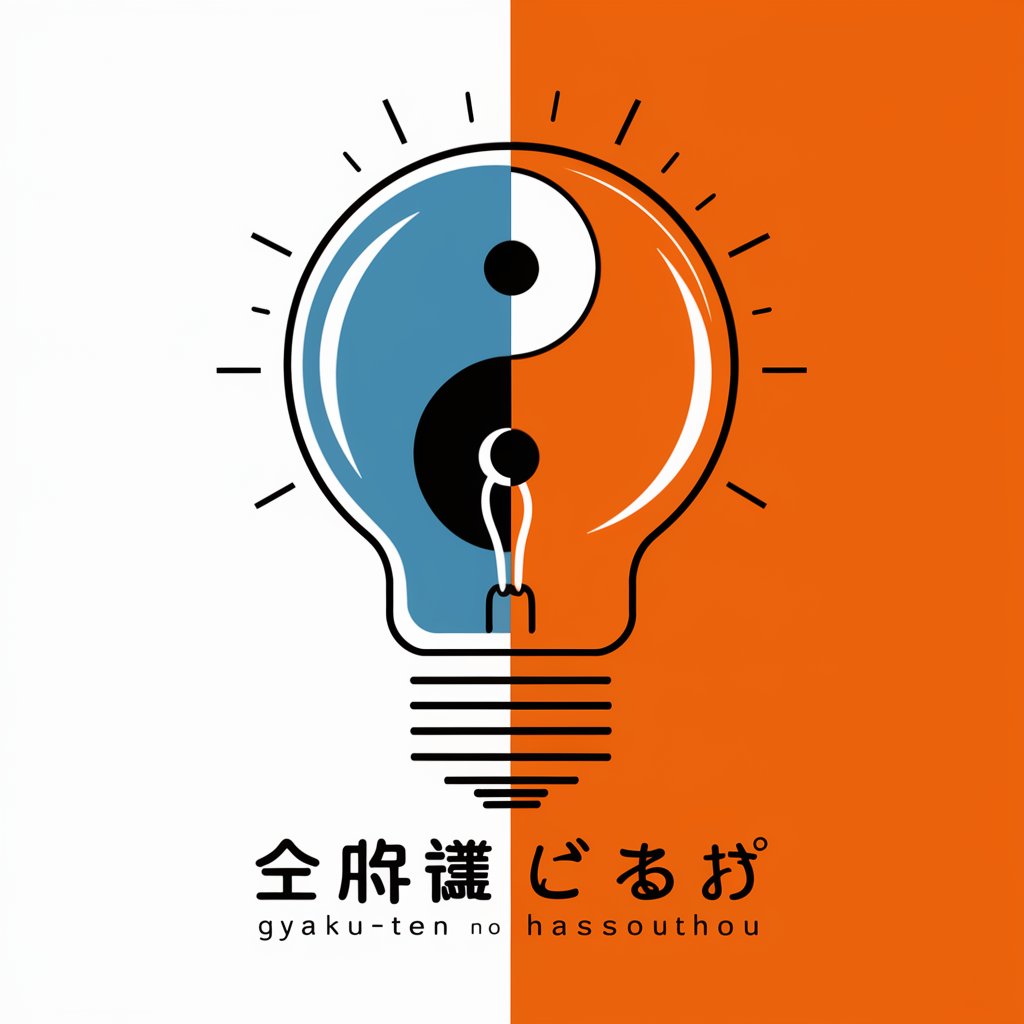
Welcome! Let's innovate by thinking in reverse.
Empowering innovation against the tide
Generate an idea for a product that reverses the traditional approach to customer service.
Imagine a service that transforms the usual business model by prioritizing inefficiency as a unique feature.
Develop a concept for a space that operates on the opposite principle of typical restaurant environments.
Create a marketing strategy for a product designed for an unconventional target audience.
Get Embed Code
Introduction to Reverse-Innovation Generation
The concept of Reverse-Innovation Generation (逆張りによるイノベーション創出) is rooted in the principle of challenging the status quo to create new value and innovations. It involves taking conventional wisdom or established practices in any field and deliberately considering the opposite or a radically different approach. This methodology leverages the idea that innovation can often come from counterintuitive sources, pushing boundaries to discover untapped opportunities. Examples of this include a restaurant that gains popularity by adopting a deliberately rude service model, contrasting with the industry norm of courteous service, or a theme park ride that attracts more visitors by running in reverse, defying the common expectation of forward movement. Powered by ChatGPT-4o。

Main Functions of Reverse-Innovation Generation
Identifying Opposite Characteristics
Example
Restaurants with rude service
Scenario
In industries where customer service is traditionally prioritized and refined, introducing a business model that adopts the opposite approach, such as intentionally rude staff, creates a unique selling proposition that can attract customers looking for novel experiences.
Reimagining Conventional Processes
Example
Reverse-direction roller coasters
Scenario
Entertainment venues like theme parks constantly seek innovative attractions. By reimagining a conventional roller coaster that traditionally moves forward and designing it to operate in reverse, a theme park can offer a new thrilling experience, generating increased interest and visitation.
Exploiting Underutilized Aspects
Example
Ad-supported free services
Scenario
In markets dominated by paid products or services, introducing a high-quality, free alternative supported by advertising or alternative revenue streams can disrupt the market, attract a significant user base, and generate substantial indirect revenue.
Ideal Users of Reverse-Innovation Generation Services
Entrepreneurs and Startups
Entrepreneurs and startups stand to gain significantly from Reverse-Innovation Generation by identifying gaps in the market and introducing disruptive products or services. This approach can help them carve out unique niches and stand out in crowded markets.
Established Companies Seeking Growth
Large, established companies looking to foster innovation and growth can benefit from this approach by exploring new business models and services that challenge existing market norms, potentially opening up new revenue streams.
Innovators and Product Designers
Individuals in roles focused on product development and design can use Reverse-Innovation Generation to spark creativity and ideate products that break conventional molds, leading to breakthrough innovations.

How to Innovate by Contrarian Thinking
1
Start with a free trial at yeschat.ai, no sign-up or ChatGPT Plus required.
2
Identify prevailing norms or trends in your field that might be ripe for disruption or reevaluation.
3
Conduct a brainstorming session to generate ideas that oppose or invert these norms, considering how they could offer new value.
4
Prototype and test these contrarian concepts to evaluate their feasibility, impact, and potential market reception.
5
Refine and iterate based on feedback, ensuring the final product or service truly stands out for its innovative approach.
Try other advanced and practical GPTs
PDFMentor
Illuminate Your Research with AI
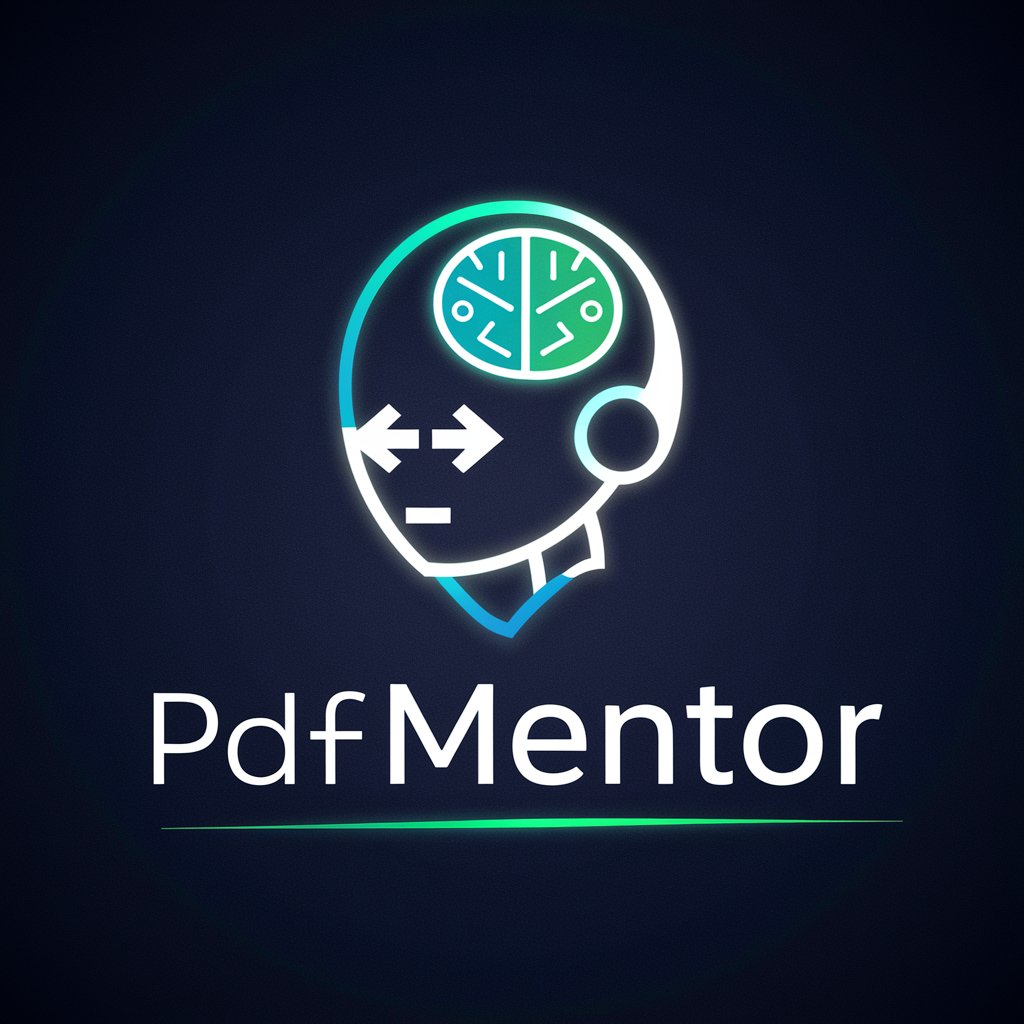
達利幫我畫張圖
Empowering Creativity with AI
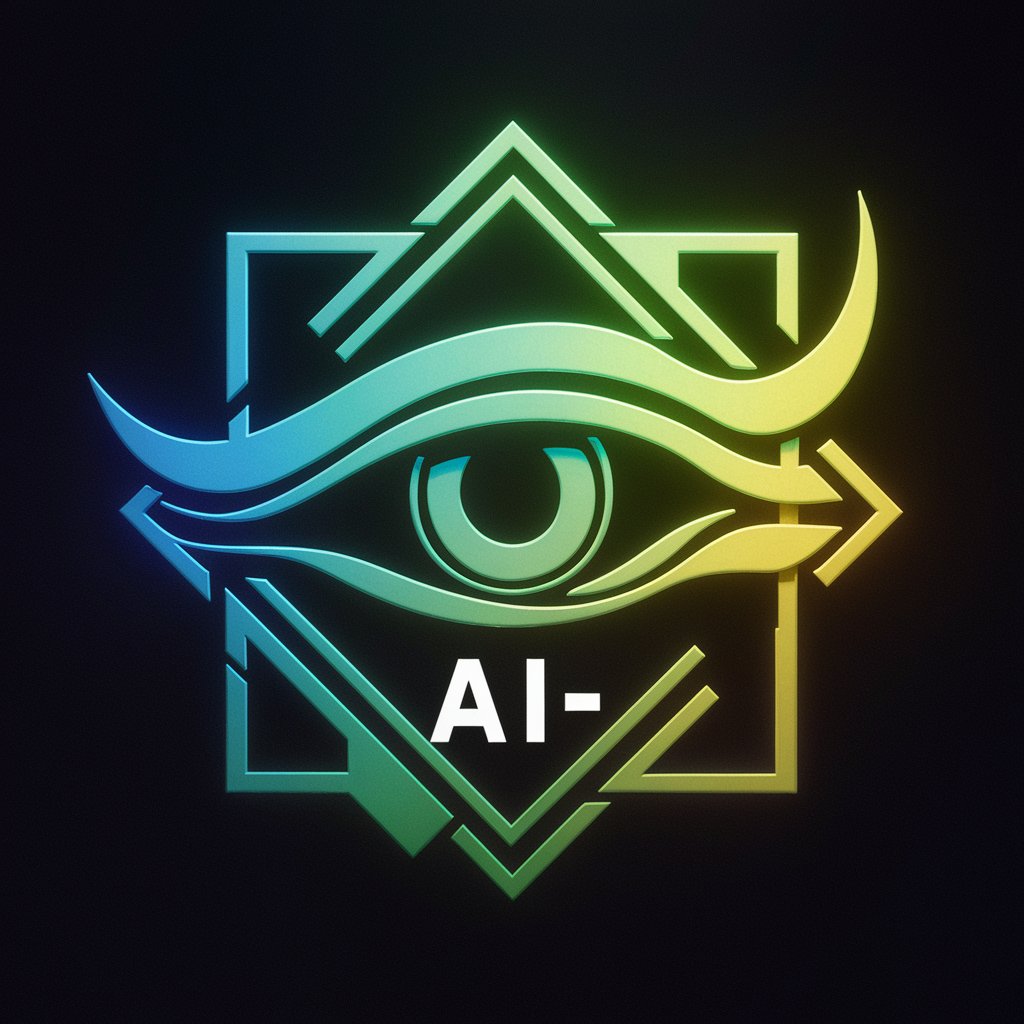
拡張機能ビルダー
Craft Chrome Extensions Seamlessly
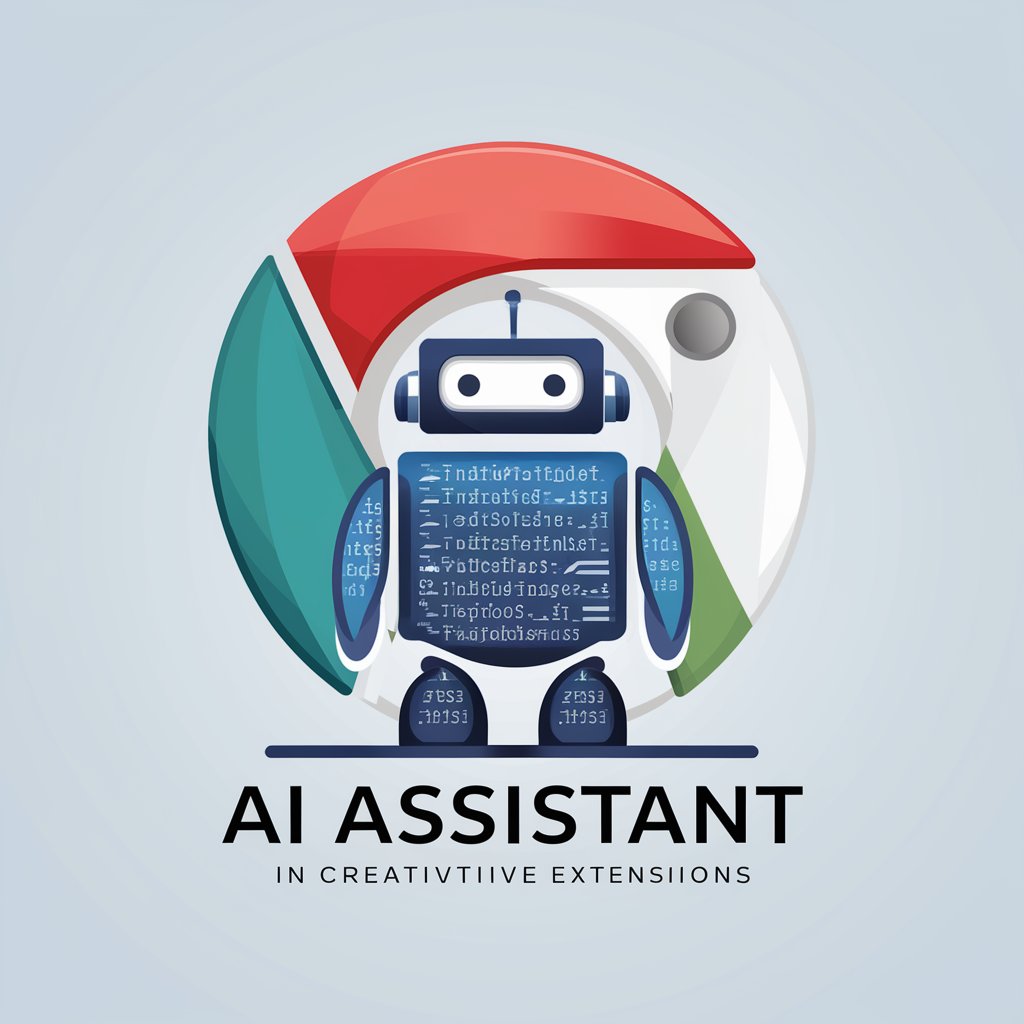
Python 3.12 Copilot
Elevate your Python coding with AI.

Chrome拡張機能作るくん
AI-powered Chrome Extension Builder

French Tutor Pro
Master French with AI-Powered Guidance

拡張くん
Expand your text, enrich your content.

Design Service Agreement Drafting Expert
Simplify your contract drafting with AI-powered precision.

Rental agreement
Empowering Creation with AI

User Agreement Hero
Decipher Agreements with AI Precision

Tech Service Agreement Drafting Expert
Streamlining Legal Tech with AI
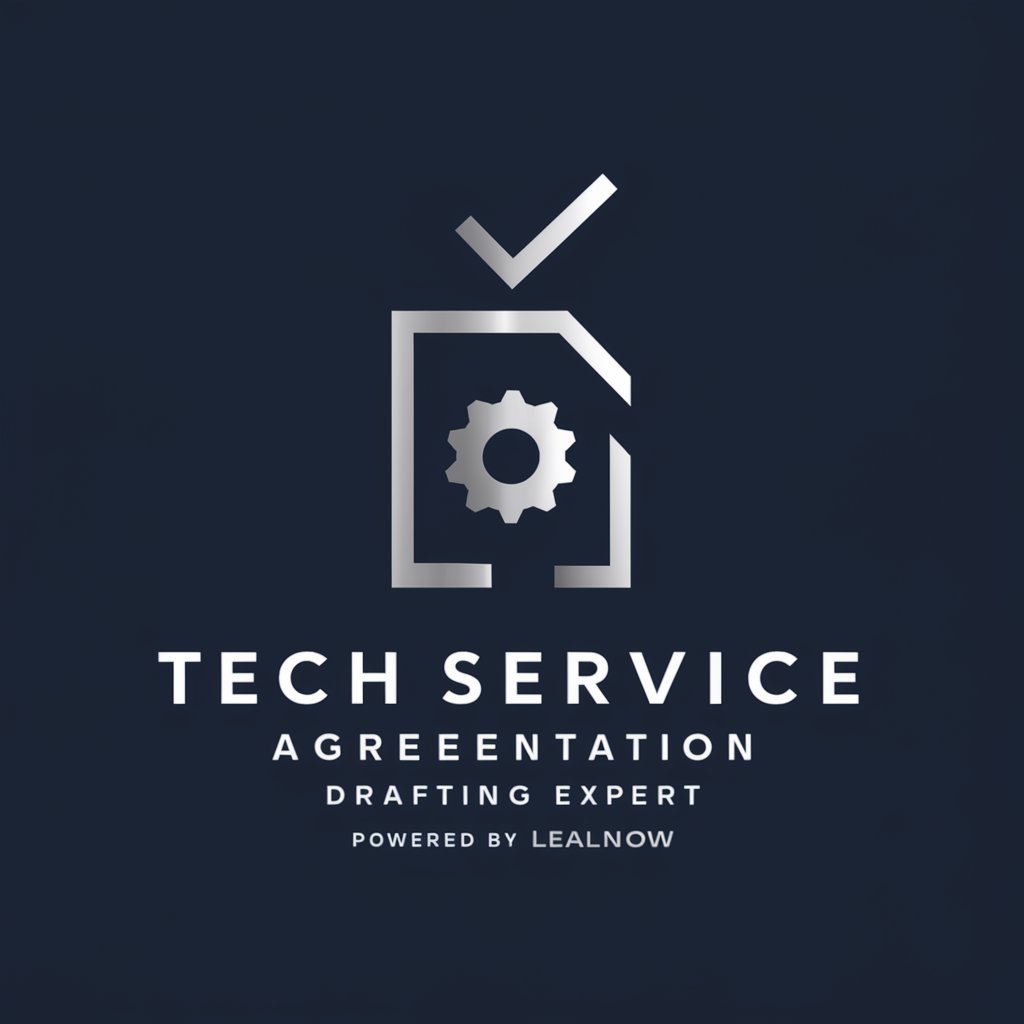
🌟U.S. Legal Agreement Navigator AI🌟
Empowering Legal Decisions with AI

Q&A on Contrarian Innovation Creation
What is contrarian innovation?
Contrarian innovation involves creating new products or services by deliberately going against prevailing trends or norms within an industry, seeking to uncover untapped potential or solve problems in unconventional ways.
Can contrarian innovation be applied to any industry?
Yes, it's applicable across sectors. Whether in technology, fashion, or food, challenging the status quo can reveal unique opportunities for innovation.
What are the risks of contrarian innovation?
While it can lead to breakthroughs, there's a risk of alienating customers or stakeholders comfortable with the current state. Thorough market research and testing are crucial.
How does one identify areas ripe for contrarian innovation?
Look for pain points, inefficiencies, or areas where customer needs are not fully met. Also, observe industries outside your own for fresh perspectives.
What's an example of a successful contrarian innovation?
A classic example is Netflix's transition from mail-in DVDs to streaming, defying the then-dominant trend of cable and satellite TV consumption.
